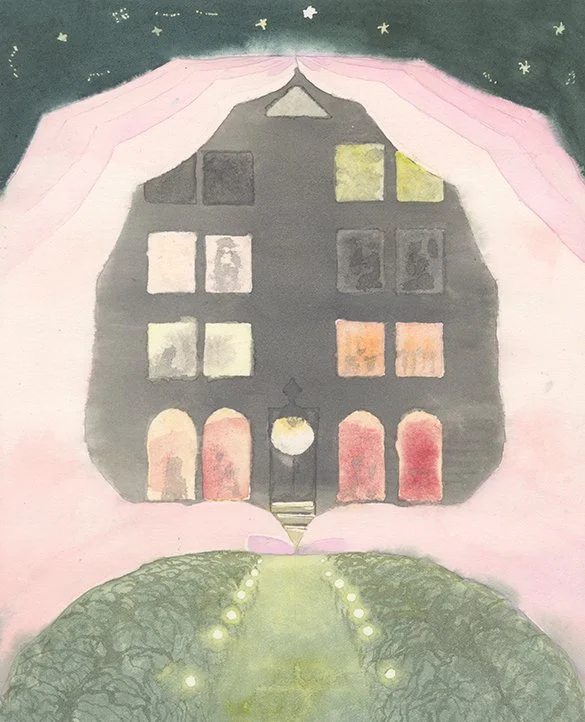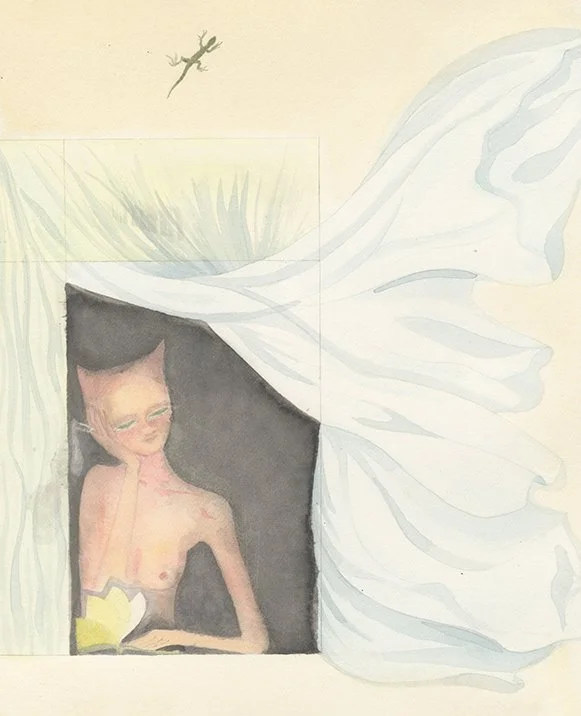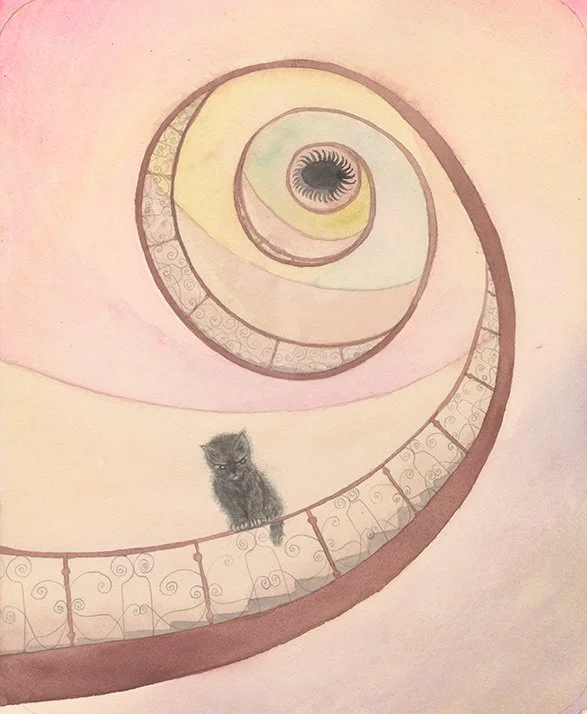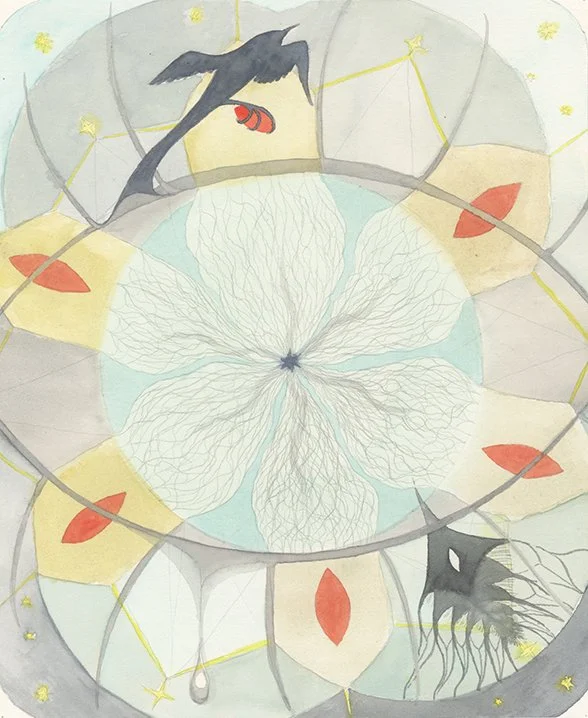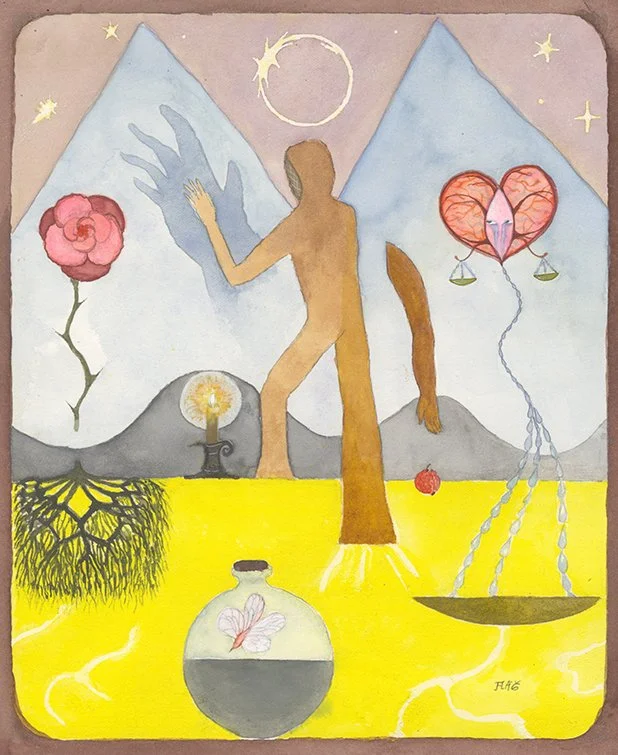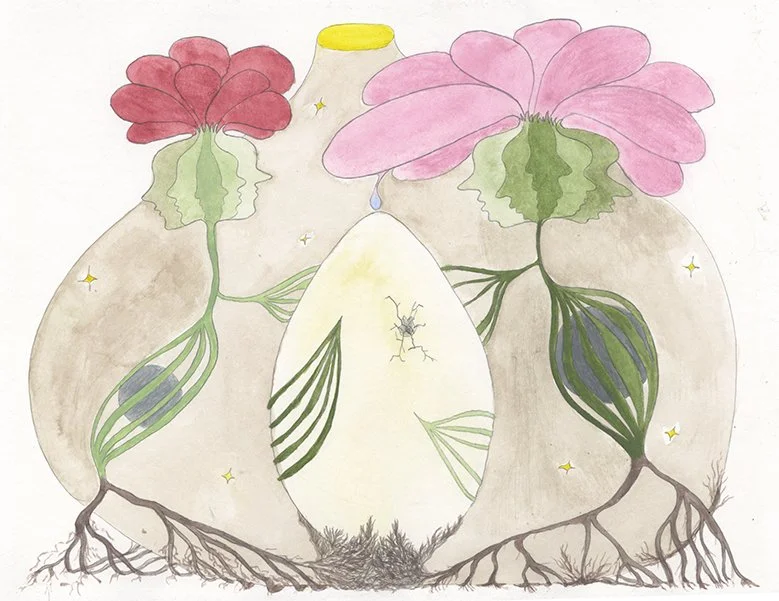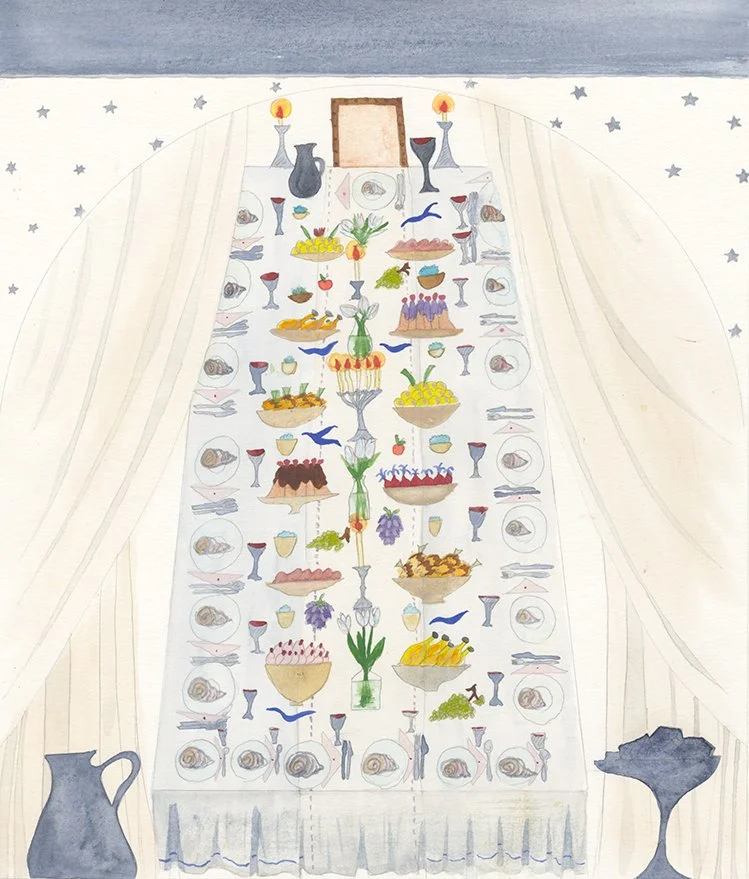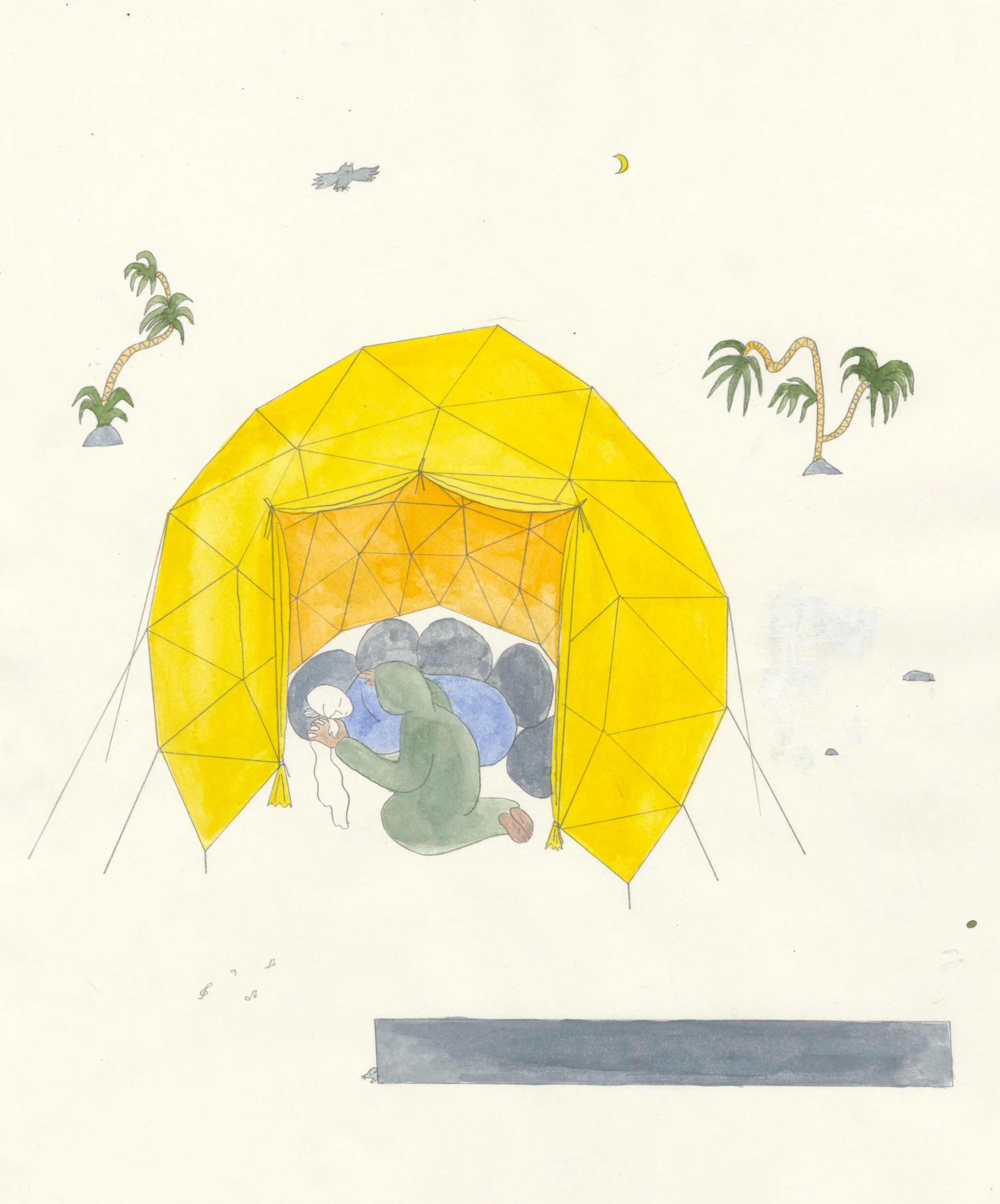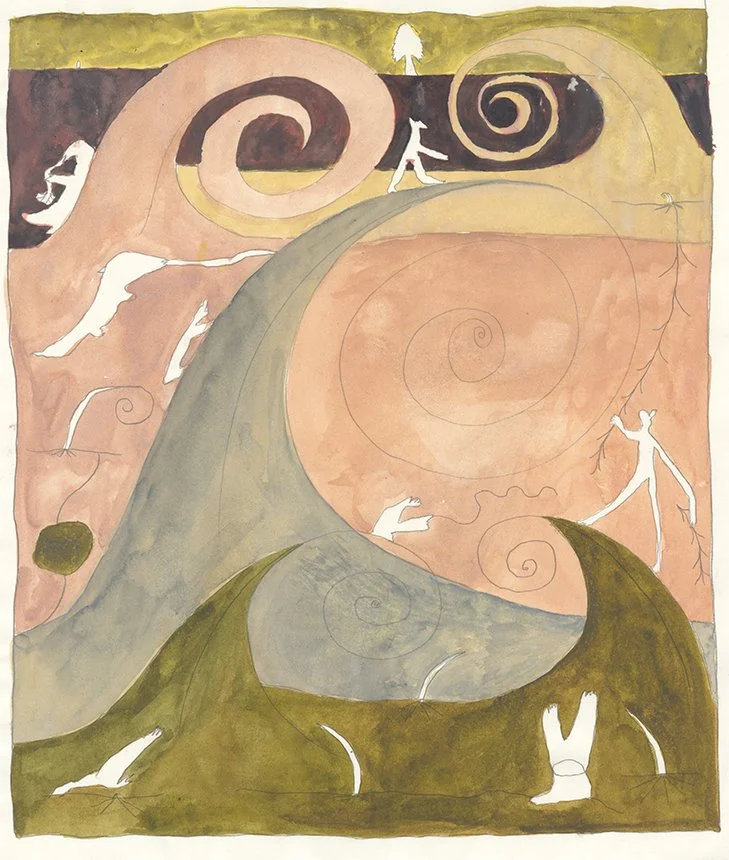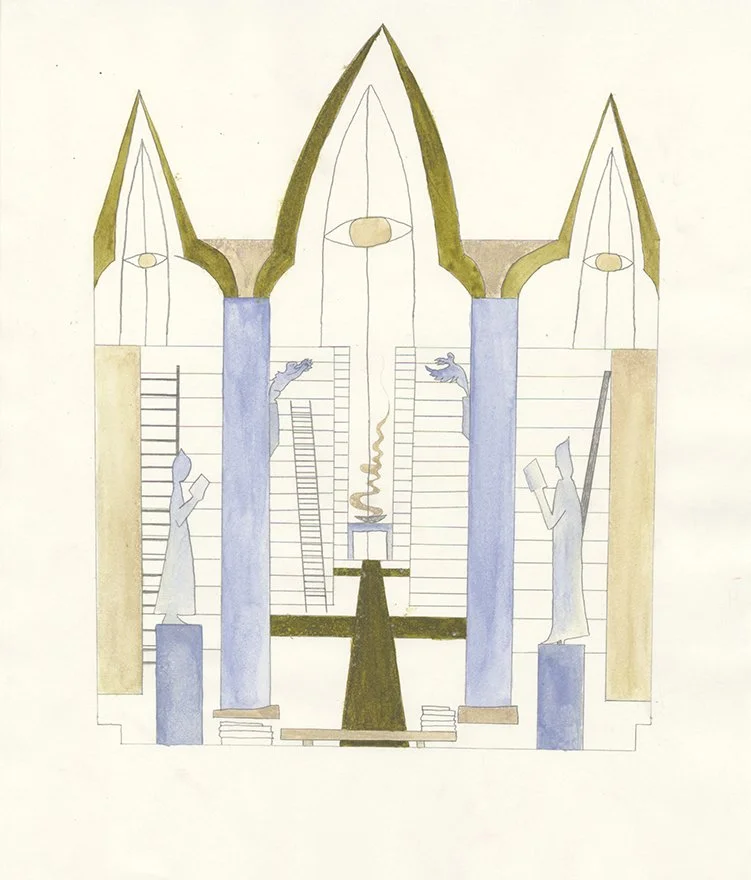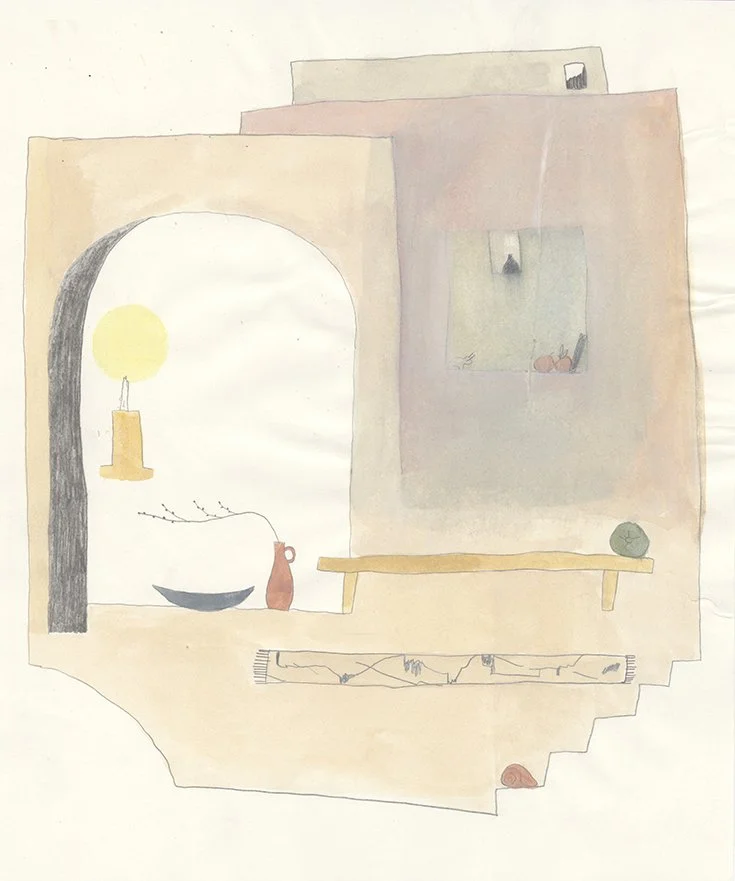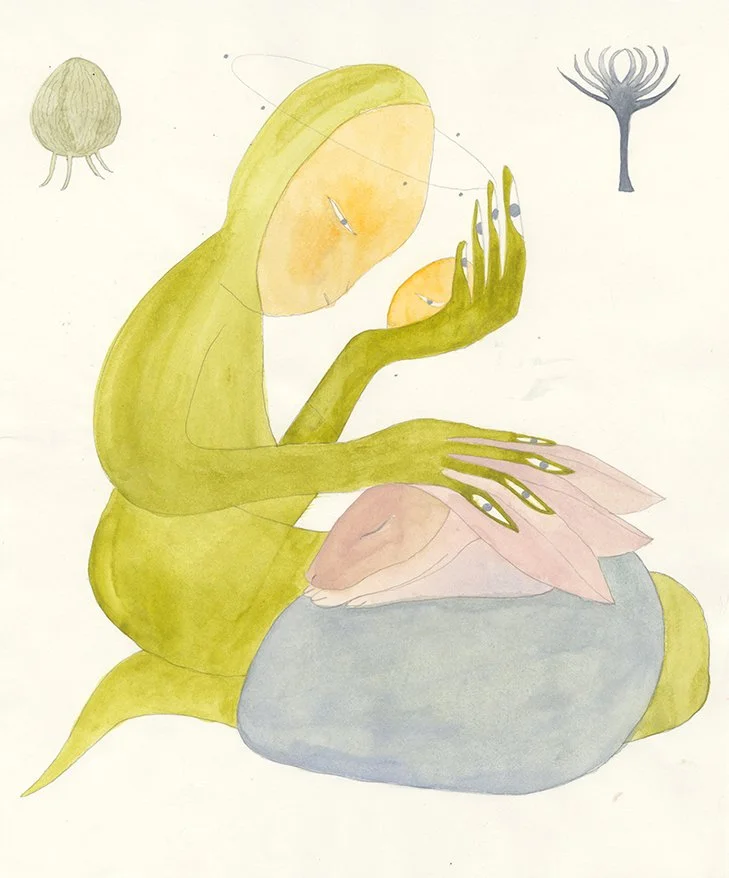Florendom
The Chronicle of the Florendom House explores the theme of time, examining its subjective perception, sustainability, and timelessness.
It also explores the topics of non-human organisms, tolerance of 'otherness', the generational transmission of family secrets, trauma, and legacy.
I was initially inspired by medieval chronicles, as well as by endless conversations with my elderly relatives, who would light up and turn back time when talking about their childhood.
Florendom is a fictional family chronicle. It depicts a space-time in which the inhabitants of a house meet, seek common ground, and learn to tolerate each other's differences. The images and text in this author's book engage in a dialogue: they intertwine, complement each other, and inspire one another.
With my story, I touch on society's urgent need to come to terms with today's concept of family. Its traditional conception is confronted with a modern view of fundamental questions concerning the nuclear family, heteronormativity, and the upbringing of children. I reflect on the theme through essential, delicate images, subtle associations and symbols, and through deeply felt, buried emotions that are stuck in my memory or that of my loved ones.
I work with real stories and fiction to create a personal mythology in which the family home is a collective body, a living, fragile, and vulnerable organism. Instead of walls, it is held together by the relationships between its members, which are as fragile as they are changeable and malleable—the shape of home is thus permanently unstable.
The body of this home reflects the emotions and experiences of its inhabitants, just as sensitive skin reflects stress, fatigue, or what we eat. Its soft facade sometimes purrs contentedly, other times suffers from rashes and blisters. Cracks and scars are often passed on to future generations as an unwanted legacy. They either allow them to deteriorate further and feed on them themselves, or they try to restore and patch them up like plasterers or spiders.
In the world of Florendom, real family members are given mythical names and inhabit it together with other mythological creatures: giant melogs, bald mermaids, or crows with anthracite cloaks and powerful claws. These creatures also become independent through language, using neologisms that are not yet burdened by the normativity of language and its role in stigmatization, exclusion, and oppression.
The main character is Stina, an artist and collector who becomes the successor to Erlenah, the archivist of the house. She talks about how to learn to understand the world around us and face its problems through care, sharing, listening to the stories and experiences of others, and using our own senses, which we try to keep open despite all obstacles. Through these inspiring beings, she shows how important the diversity of our world is. She shows how important it is to work with the past in order to gain a more accurate and comprehensive perception of the present, and how crucial imagination is in our lives, not as a means of aimless dreaming, but as a means of emancipation and change: only when we are able to imagine other forms of the world in which we live are we able to co-create and change it.
The project was born in 2021 as a diploma thesis at UMPRUM under the title Oikos and was later supported by a creative scholarship from the Ministry of Culture of the Czech Republic. A loose continuation of the story appeared in my solo exhibitions News from Oikos at the Center for Contemporary Art in the Jelení Gallery and Court Assistant to Big Sister Mira at MeetFactory in the Kostka Gallery. Since then, Florendom has been presented at many exhibitions in Czechia and abroad and further developed at artist residencies.

